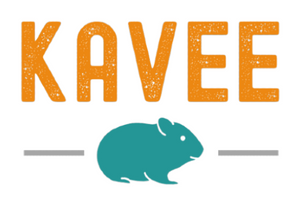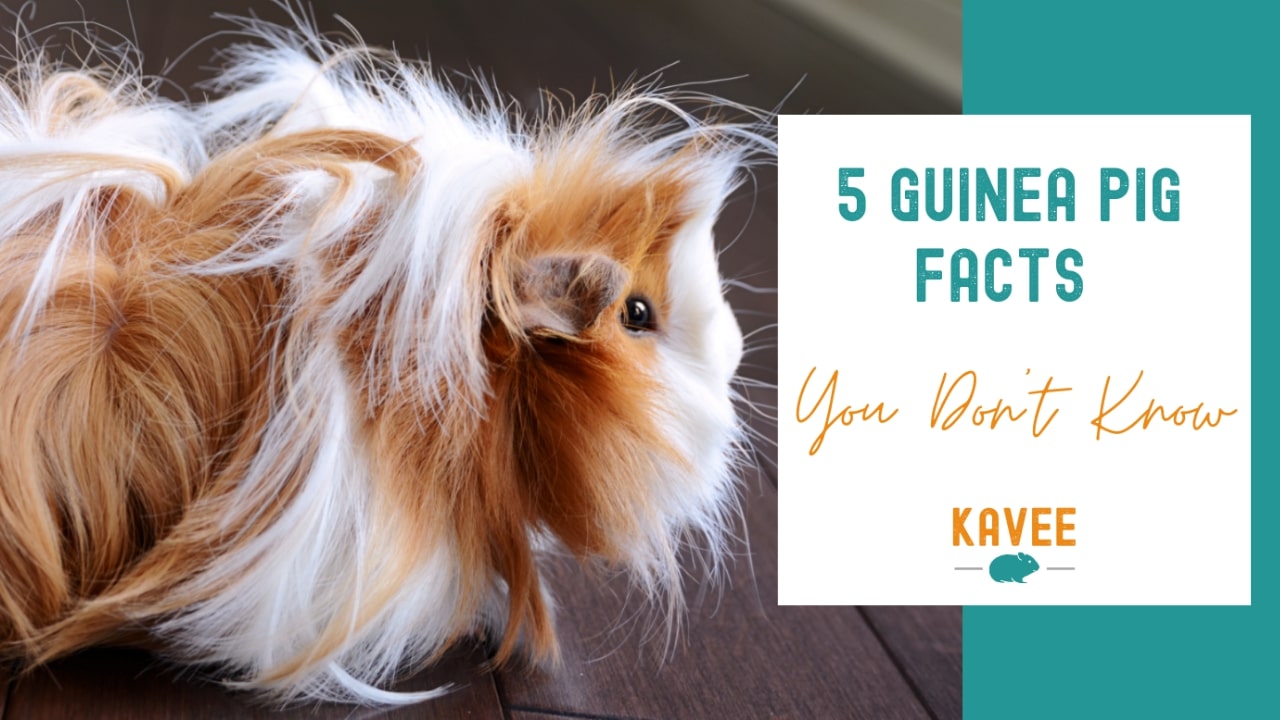Guinea pigs are mysterious creatures. Our beloved furry friends are named ‘guinea pigs’ and yet don’t come from Guinea or have anything to do with pigs, and while they look quite similar to hamsters, they have little in common outside of being rodents. We bet there are more facts about guinea pigs that even the most experienced piggy parents might not know.
So let’s take a look at some less-known cavy facts that will unveil the mystery of our sweet fluffballs!
1. Guinea pigs can’t produce Vitamin C
Here’s one thing that guinea pigs have in common with humans: they can’t produce their own Vitamin C. But while we can improve this imbalance by taking supplements, guinea pigs rely on you to make sure their diet stays balanced!
A lack of Vitamin C can lead to health issues like scurvy, and there’s no better treatment than feeding guinea pigs fresh veggies that are rich in Vitamin C. But what about fruit, and most specifically, oranges? Yes, guinea pigs can eat oranges, alongside other safe fruits, but they should only be fed in moderation as they’re high in sugar.
Here are some of the signs of scurvy in guinea pigs that you should watch out for: patchy fur, wounds that don’t heal, painful teeth, weight loss, lethargy, and pain when moving. As always, if you notice that something isn’t right with your piggy, don’t hesitate to visit your cavy-savvy vet for a check-up. You can learn more about guinea pigs and Vitamin C in this blog.

2. Guinea pigs have more toes at the front than back
We’ve just mentioned something that piggies have in common with humans, so here’s a cavy fact that sets us apart: the number of toes. While our toes tend to match the number of our fingers, piggy toes do things differently. Guinea pigs have four toes in the front paws, and only three toes at the back.
However, not all piggies are the same, and you may find some have a different number of toes. This is known as ‘polydactyly’, a condition where guinea pigs are born with more toes than normal. Usually, this difference shouldn’t have an impact on their quality of life, but let your cavy-savvy vet examine them and keep an eye on their movements to check if it’s affecting them.
Of course, we can’t talk about piggy toes without mentioning the most common paw infection in guinea pigs: bumblefoot. Since your furry friends are always on their feet, it’s impawtant to look after their paws to prevent any infections. Read our guide to bumblefoot to learn more about symptoms and prevention.

3. Guinea pigs can’t sweat
No matter how active your piggies might be, you’ll never catch them drenched in sweat after an exhausting day of zooming around the cage. While this comes with the positive of no stinky sweat, it does require you to pay extra attention to the temperature of their home. One important cavy fact is that guinea pigs don’t have sweat glands so find it harder to stay cool in warmer weather.
They’re only comfortable in temperatures around 60-73°F (16-23°C) and anything above 82°F (28°C) can put guinea pigs at risk of heatstroke. So pay attention to changes in temperature and to the location of your indoor guinea pig cage. It should never be close to a source of heat or under direct sunlight!
Learn more about the common signs of heatstroke and its prevention in this blog. And check out helpful products like cool mats or freezable bottles to keep them cool during the hotter months!
4. Guinea pigs eat their poop
One of the first things you learn about guinea pigs is how many times they poop a day, and how much they love to eat. But not everyone will know that, occasionally, the two come together! In your piggy’s defense, this isn’t just any poop.
Guinea pigs produce two types of poops: hard dry pellets and soft poos known as ‘caecotrophs’. The latter is what your piggies end up eating as a way to process all the nutrients they’ve ingested. This is completely normal and guinea pigs eat them straight from their bottom, so you’re unlikely to even notice it happen.
Since the topic of guinea pig poop is an important one, we recommend you check out this guide to learn all there is to know about it. And if you want to try and contain all that poop-y and hay mess that your piggies produce, look into getting a litter tray - great for burrowing fun and reducing the mess on your liners.
5. Guinea pigs sleep with their eyes open
Can you think of a time when you’ve seen your piggies shut their eyes? You probably can’t, but that doesn’t mean they never sleep. Our furry little weirdos usually sleep keeping their eyes open, and it’s quite rare for them to do otherwise. This all stems from their wilder counterparts, who spent their lives looking out for danger in the mountainous region of the Andes. By keeping their eyes open at all times, even when snoozing, predators would be tricked into thinking that our intrepid piggies were always alert.
Despite their newfound life of comfort and hooman servitude, this habit is a hard one to break. So don’t be spooked if you notice that your piggy sleeps with their eyes open, as it’s completely normal! And likely to happen quite often, since guinea pigs prefer to power nap throughout the day over a long night’s sleep.
But if you do spot your piggies sleeping with eyes closed, consider yourself very lucky! As it shows that they’re super relaxed around you, and feel safe in your presence. Check out this blog on why guinea pigs sleep with their eyes open to learn more about this guinea pig fact. And have a look at our fleece hideys and tunnels, the perfect snoozing spot to help them feel safe in their home!
Conclusion
We hope these guinea pig facts have once again reinforced how fascinating these small pets are. There’s always something new to learn about them, and as long as you follow proper guinea pig care, none of the above facts should have a negative impact on their wellbeing.
As always, the best way to ensure your guinea pigs thrive in your home is by providing them with the right guinea pig cage and bedding. So check out our guide to cage sizes and guide to different types of bedding to get started.



